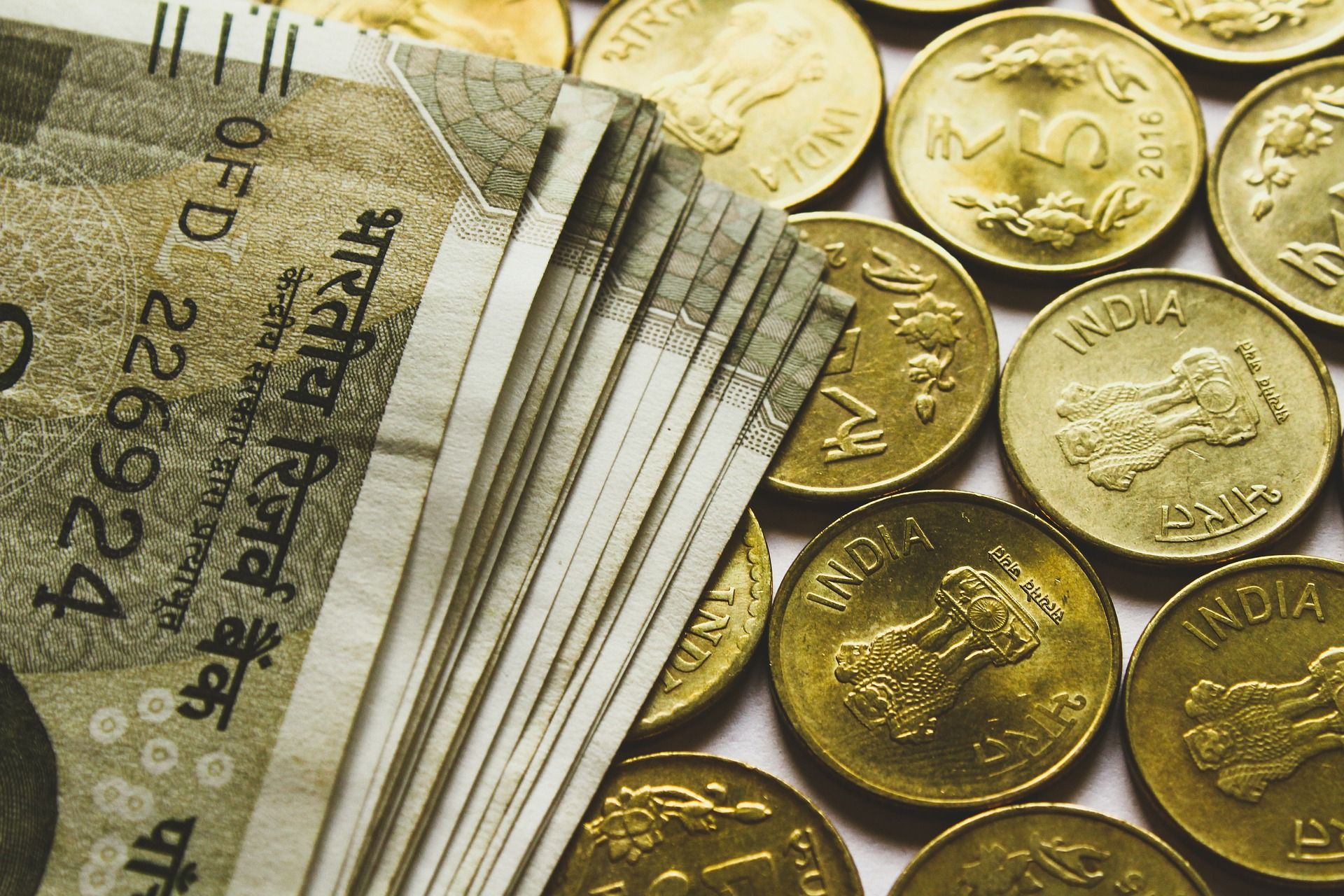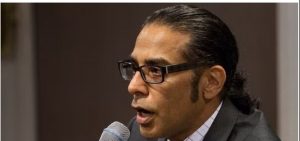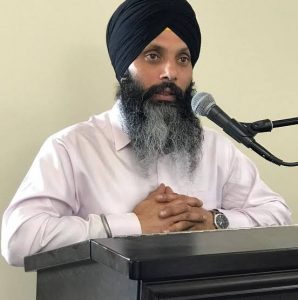The International Monetary Fund (IMF) has described India’s implementation of a direct cash transfer scheme and other comparable social welfare programmes as a “logistical marvel,” adding there is much to learn from the country, which is one of the most inspirational examples of how technology can be used to address complex problems.
Also Read| FOMC minutes: US Fed officials worried about persistently high inflation
The goal of DBT (Direct Benefit Transfer) is to transfer the benefits and subsidies of numerous social welfare programmes directly into the beneficiary’s bank account on time while increasing efficiency, effectiveness, and transparency and eliminating the intermediary body.
According to official statistics, more than Rs 24.8 lakh crore has been sent through Direct Benefit Transfer (DBT) mode since 2013, with Rs 6.3 lakh crore moved in the fiscal year 2021-22 alone; over 90 lakh DBT payments are executed daily on average, according to FY22 data.
Also Read| India industrial output shrinks 0.8% in August
“From India, there is a lot to learn. There is a lot to learn from some other examples around the world. We have examples from pretty much every continent and every level of income. If I look at the case of India, it is actually quite impressive,” Paolo Mauro, Deputy Director of the Fiscal Affairs Department at the IMF, told reporters on Wednesday.
“In fact, just because of the sheer size of the country, it is a logistical marvel how these programmes that seek to help people who are at low-income levels reach literally hundreds of millions of people,” he said in response to a question on the impressive direct cash transfer programme being successfully implemented by the Indian government.
Also Read| Behind India’s runaway inflation: Mounting crude, moody monsoons
There are programmes that target specifically women. There are programmes that target the elderly and farmers. Perhaps the interesting part is that in these examples, there is a lot of technological innovation, he said.
“In the case of India, one thing that is striking is the use of the unique identification system, the Aadhaar,” Mauro said.
“But in other countries, also, there is greater use of sending money through mobile banking to people who actually do not have a whole lot of money, but they have a cell phone,” Mauro said.
Also Read| British economy, battered by cost-of-living crisis, shrinks 0.3% in August
“So being somewhat innovative in identifying people, in processing their applications for transfers through digital means, deploying funds through, again, mobile banking. This is something that countries can learn from each other. We also try here to be a little bit of a convening place where people can compare these types of experiences,” he said.
Observing that the IMF is collaborating with India on the application of new technologies, Vitor Gaspar, Director of the Fiscal Affairs Department, said that India is “one of the most inspiring examples of the application of technology to solve very complicated issues of targeting support to the people who need it most”.
Also Read| World Bank cuts India’s GDP growth forecast by 100 basis points
The IMF predicted earlier this week that global economic growth will decrease by around 0.2 percentage points as compared to its July forecast. According to the most recent data, the global economy will grow by 2.7% in 2023, causing a recession in several nations.
While major economies such as the United States and China are anticipated to develop at an extremely slow pace in 2023, India’s GDP is expected to increase by 6.1%, making it the only country on the list with a growth rate of more than 5% among advanced, emerging and developing economies.







